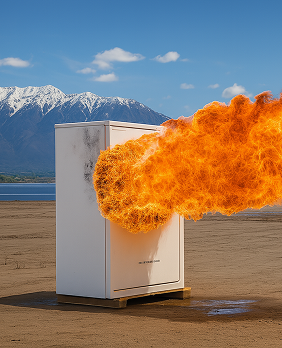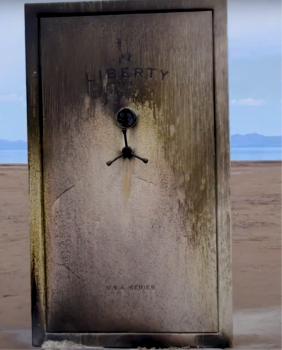Why Fire Protection Is One of the Top Reasons to Own a Safe
Most safe buyers are driven by two things: theft protection and fire protection. While burglary is often top of mind, fire is far more likely to destroy irreplaceable items—and it happens fast. In just a few minutes, a fire can engulf a room, reaching temperatures that destroy paper, photos, electronics, and heirlooms if they're not properly protected.



